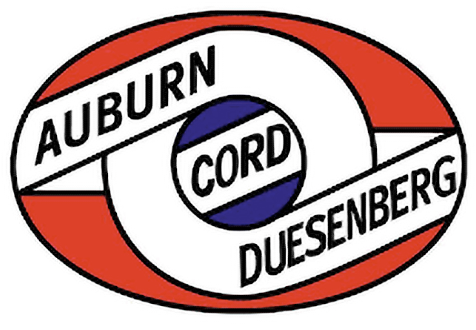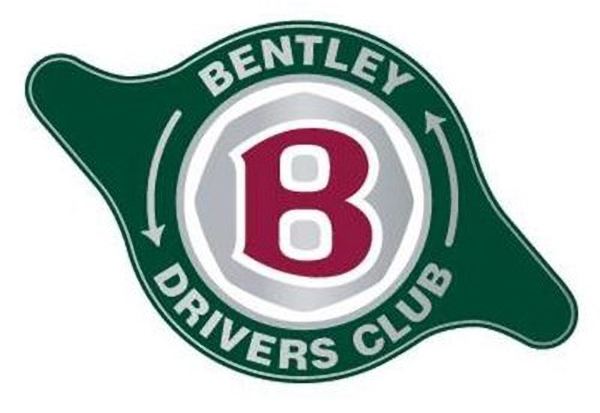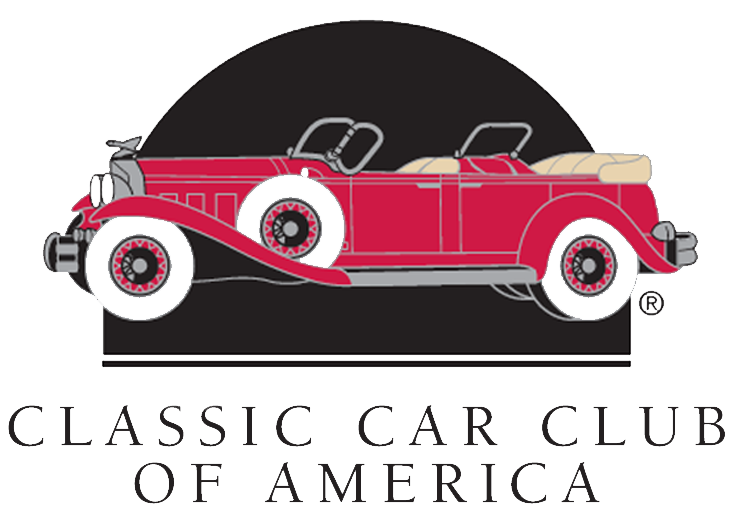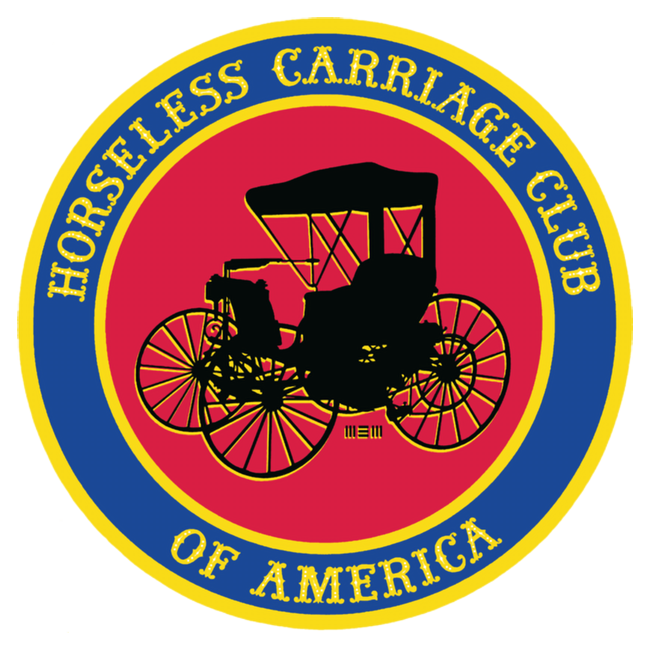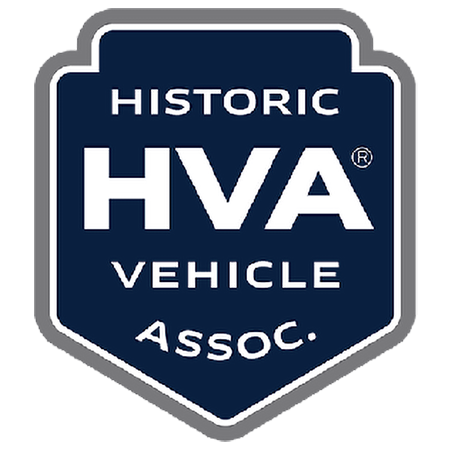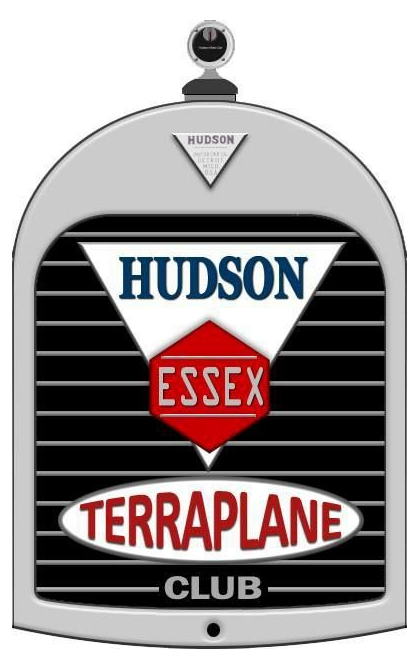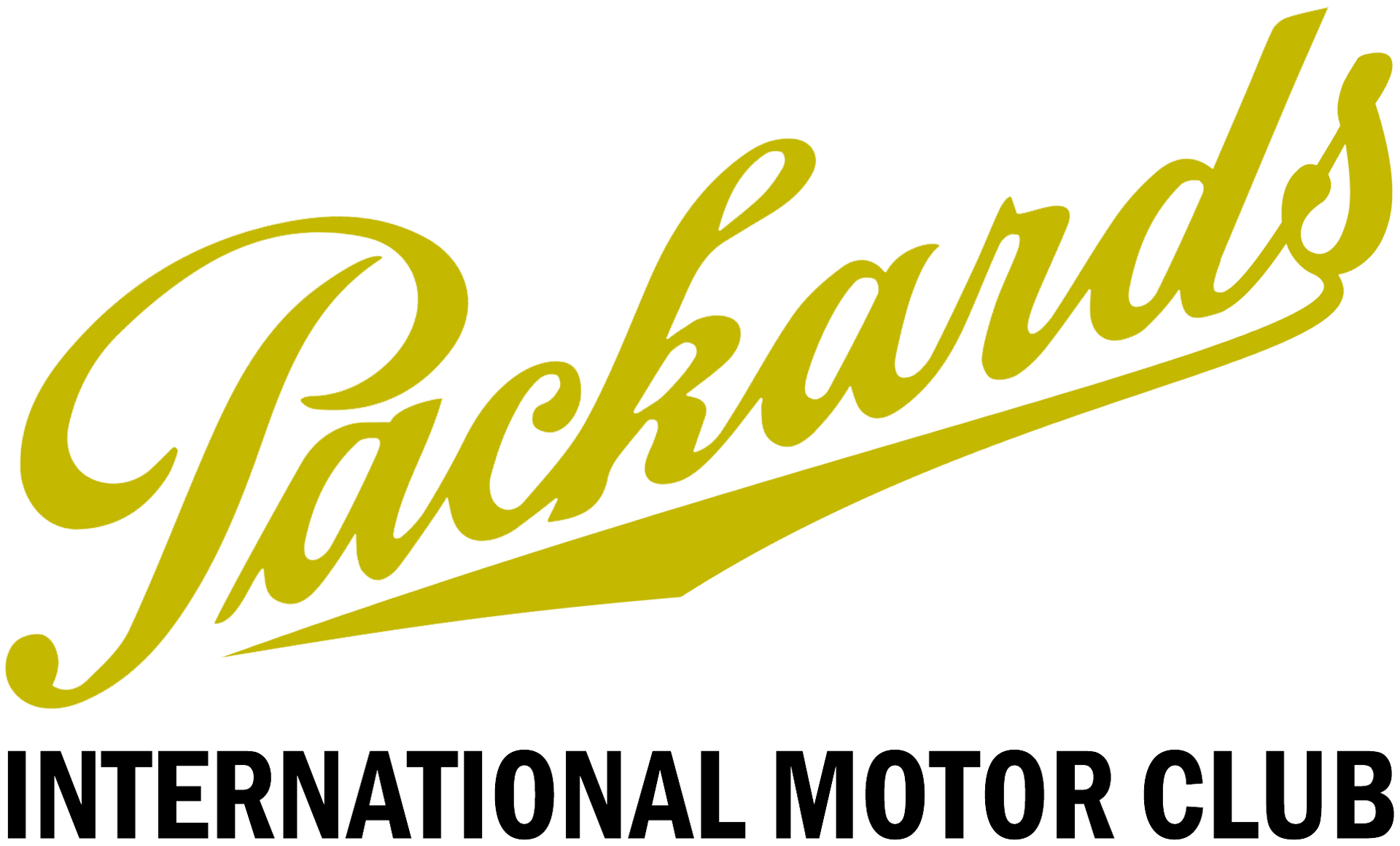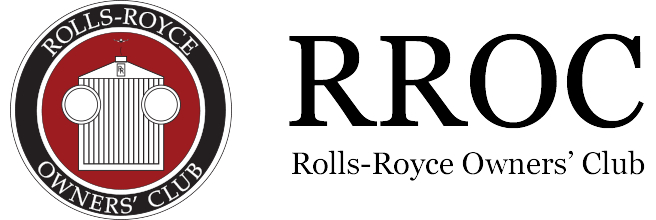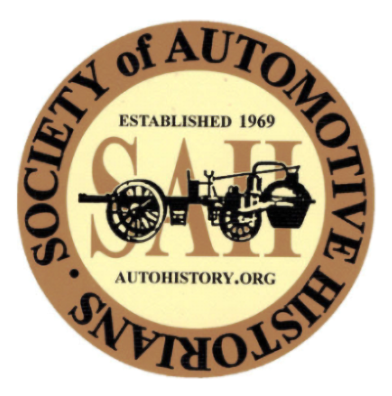Gatsby Autoworx is certified and a proud member of the following clubs and associations.
Auburn Cord Dusenburg ACD Club
The Auburn Cord Dusenburg Club was founded in 1952 and has over 1,500 members worldwide. Its purpose is the restoration and preservation of original ACD automobiles.
The Club holds an annual reunion each Labor Day in Auburn, IN.
Bentley Driver's Club
Bentley history spans three centuries. From 1919 to 1940, all Bentleys which left the factory – either Cricklewood up to 1932 and Derby form 1933 until the Second World War – were delivered as rolling chassis to the customer’s chosen coachbuilder, there to be fitted with a unique body of their choice. The first Bentleys to be built complete with a standard boy design were the first Mk VIs, which started rolling off the new production line at the Crewe works in 1946. However, customers could (if they so chose) and still can request customised variations from a coachbuilder.
Rolls-Royce/Bentley purchased two of the best known coachbuilders, HJ Mulliner and Park Ward, which not constitute the in-house bespoke department, known as Mulliner Park Ward.
Classic Car Club of America
The Classic Car Club of America (CCCA) is about vintage automobiles and the pleasure of the sport. Since its beginning in 1952, the Members of the CCCA have been dedicated to the collection, preservation and enjoyment of the world’s finest cars. Automobiles manufactured from 1915 to 1948 remain the primary focus of the club today. CCCA members have held Grand Classic® car shows, enjoyed CARavans and published The Classic Car magazine plus other materials every year since the Club's founding.
Horseless Carriage Club of America
The Horseless Carriage Club of America was established in 1937 and is dedicated to the preservation, conservation and the touring of vehicles of ancient age. We strive to be the source of accurate technical and historic information about these special vehicles, for the benefit of members and the public at large.
What is a “Horseless Carriage”?
In essence, all automobiles are Horseless Carriages, but HCCA has defined the Horseless Carriage as any pioneer gas, steam and electric motor vehicle built or manufactured prior to January 1, 1916.
It is the goal of the Horseless Carriage Club to preserve originality or restore these automobiles to their original condition, use them for their original purpose of driving and completing tours; and promote the preservation of their historical value.
Historic Vehicle Association
The Historic Vehicle Association (HVA) was founded in 2009 in America to promote the cultural and historical significance of the automobile, and protect the future of automotive history. The society has been an influential part of the U.S. Department of the Interior's Historic American Engineering Record (a part of the Heritage Documentation Programs), and has helped identify historical significance and excellence in car making.[1] With over 375,000 members, the HVA claims to be the world's largest historic vehicle owners' organization.
HVA was founded with philanthropic support of Hagerty, and became the designated North American representative of FIVA (Fédération Internationale des Véhicules Anciens), the international federation of historic vehicle organizations – both for the U.S. and Canada.
Hudson-Essex-Terraplane Club
The Hudson Essex Terraplane (H-E-T) Club, Inc, is an organization dedicated to preserving the products of the Hudson Motor Car Company of Detroit, Michigan (1909-1954) and American Motors Corporation (1955-1957).
The club was founded in 1959 by Meritt Marks and currently has around 2800 members. The Club has four regional meets, one International Meet every year and many local Chapter meets. There are local chapters all over the US and members in many foreign countries.
Packards International Motor Club
The purpose of Packards International Motor Car Club is the preservation and promotion of all Packard automobiles and all material pertaining to them; to provide a source of, and point of, exchange for information and material related to same; and to provide and promote events, tours, and exhibitions featuring Packard Motor Cars.
Peerless Motorcar Company
Dedicated to the promotion of Peerless Motor car preservation and restoration
Pierce Arrow Society
While the Pierce-Arrow became one of the most prestigious automobiles made, the beginnings of Pierce-Arrow were humble. At the time of the Civil War, George Pierce began his career in manufacturing household items, including ice-boxes, birdcages, and bathtubs. After being associated with several companies, he formed his own company, the George N. Pierce Company, in 1878. At first, the new company followed the product line of earlier companies. As the bicycle craze hit the country in the late nineteenth century, Pierce found that the experience gained making wire products, like their bird cages, easily transferred to the manufacture of bicycles. High quality standards and an attractive price made Pierce cycles highly desired.
By the turn of the century, the Pierce company began experimenting with automobiles. While early efforts involved a steam-powered unit, the first production Pierce automobile of 1901 used a single cylinder, 2 3/4 hp deDion engine. In 1903, Pierce replaced the deDion engine in the Motorette with one of their own manufacture. About 170 Pierce Motorettes were made between 1901 and 1903. In mid 1903, the Pierce Stanhope was introduced. Similar the Motorette, the Stanhope used a Pierce made engine mounted beneath the driver’s seat. An additional fold-out seat was added in front of the driver. The Stanhope had two forward speeds, plus reverse.
The George N. Pierce company started toward the line that would make them famous in 1903 with the introduction of the Arrow. A bigger car with the engine mounted in the front of the car rather than under the car, the Arrow carried four adults and was powered by a 15-hp deDion engine. A Pierce made engine followed in 1904. The Arrow paved the path for the Great Arrow, which made its debut in 1904. The Great Arrow used a 93 inch wheelbase and featured a four cylinder Pierce engine. The Great Arrow also introduced the user of cast aluminum body panels. The Great Arrow also had a great price: $4000! The Great Arrow defined the basic car that Pierce would produce, with refinements, for the next several years. It was the Great Arrow that helped gain Pierce its great reputation by winning the first five Glidden Tours.
Rolls Royce Owners’ Club
The Rolls-Royce Owners’ Club was founded in May of 1951 by six men. Our founders are: Charles Bradshaw, John McFarlane, Frederick Roe, John Schaler, Peter Shavney, and Charles Shoup. The first membership directory, which listed 212 members, was issued in October of 1951. Membership is now over 5,000 members worldwide.
The first National Meet was held in Springfield, MA in June of 1952, and attracted 34 cars. Twelve years later, 198 motorcars were on display at Kennedy Airport in New York, and in 1998 over 340 Rolls-Royce & Bentley motorcars were on the show field at Hammersmith Farms in Newport, RI.
In 1968, our first Club Headquarters building was purchased in Harrisburg, PA to serve our members. In 1976, the Club moved to its present location which served as host to numerous technical workshops and seminars. In 2004, RROC completely renovated our HQ, and allowed the RR Foundation to construct its Museum on HQ property. Combined total office and museum space now totals 16,000 square feet.
The Club has always welcomed Bentleys and their owners and it should be noted that we are the only club to welcome all eras of Rolls-Royce & Bentley motorcars.
Society of Automotive Historians
The Society of Automotive Historians (SAH) is a community of people interested in preserving automotive history. We have over 650 members in 25 countries around the world, including amateur and professional historians, scholars, collectors, restorers, journalists, museum and library professionals, teachers, educators, and just plain enthusiasts.
What all these people have in common is an interest in automotive research. The kind of research that leads to a deeper understanding of the impact and development of motor cars, motorcycles, and trucks going all the way back to Cugnot’s steam-powered three-wheeler of 1769.
One mission of the Society is to promote the preservation of papers, documents, records, images and ephemera related to the history of motorized transport on wheels. A second mission is to promote the writing and dissemination of automotive history based on such sources.
Above all, the Society seeks to build the kind of community encourages the exchange of new ideas, knowledge and data.
New Paragraph
New Paragraph
All Rights Reserved | Gatsby Autoworx


